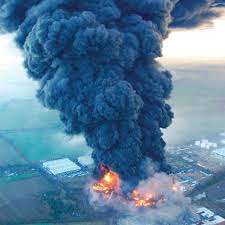Understanding Flight Radar and Its Importance in Aviation

Introduction
In an age where air travel has become one of the most significant modes of transportation, the ability to track flights in real-time through flight radar systems has gained paramount importance. Flight radar technology not only enhances passenger experience but also plays a critical role in ensuring the safety and efficiency of air traffic management. With increasing air traffic globally, understanding how flight radar works and its implications for aviation is more relevant than ever.
How Flight Radar Works
Flight radar technology employs a combination of systems including Automatic Dependent Surveillance–Broadcast (ADS-B), multilateration, and radar coverage to monitor aircraft. ADS-B is a satellite-based system that allows aircraft to broadcast their precise location and speed, which is then collected by flight radar systems, providing real-time tracking data to airports, air traffic control, and passengers.
Key Developments in Flight Radar
Recent advancements in flight radar technology have made it possible to track flights more accurately than ever. For instance, in October 2023, advancements in ADS-B technology were announced, significantly improving tracking capabilities over oceanic areas, where traditional radar coverage is often limited. This upgrade provides vital information to pilots and air traffic controllers, enhancing safety during critical flight phases.
Impact on Aviation Industry
The impact of flight radar is profound. It allows airlines to optimise flight paths, reducing fuel consumption and operating costs. Furthermore, flight radar systems improve on-time performance by providing real-time updates to both airlines and passengers. In a survey conducted in September 2023, over 80% of travellers expressed that access to real-time flight information via flight radar applications contributed to their overall travel satisfaction.
Future Insights
Looking ahead, the future of flight radar technology seems promising. The integration of artificial intelligence (AI) and machine learning can potentially enhance predictive analytics related to flight patterns and delays. Experts predict that by 2025, aviation authorities will implement more advanced flight radar systems that offer even greater coverage and innovative features, such as predictive maintenance alerts for airlines.
Conclusion
Flight radar technology plays a crucial role in modern aviation, enhancing safety, efficiency, and passenger experience. As technology continues to evolve, it is vital for stakeholders in the aviation industry to embrace these advancements to meet the growing demands of air travel. The future of flight radar is bright, promising a more connected and efficient aviation network for travellers around the globe.









